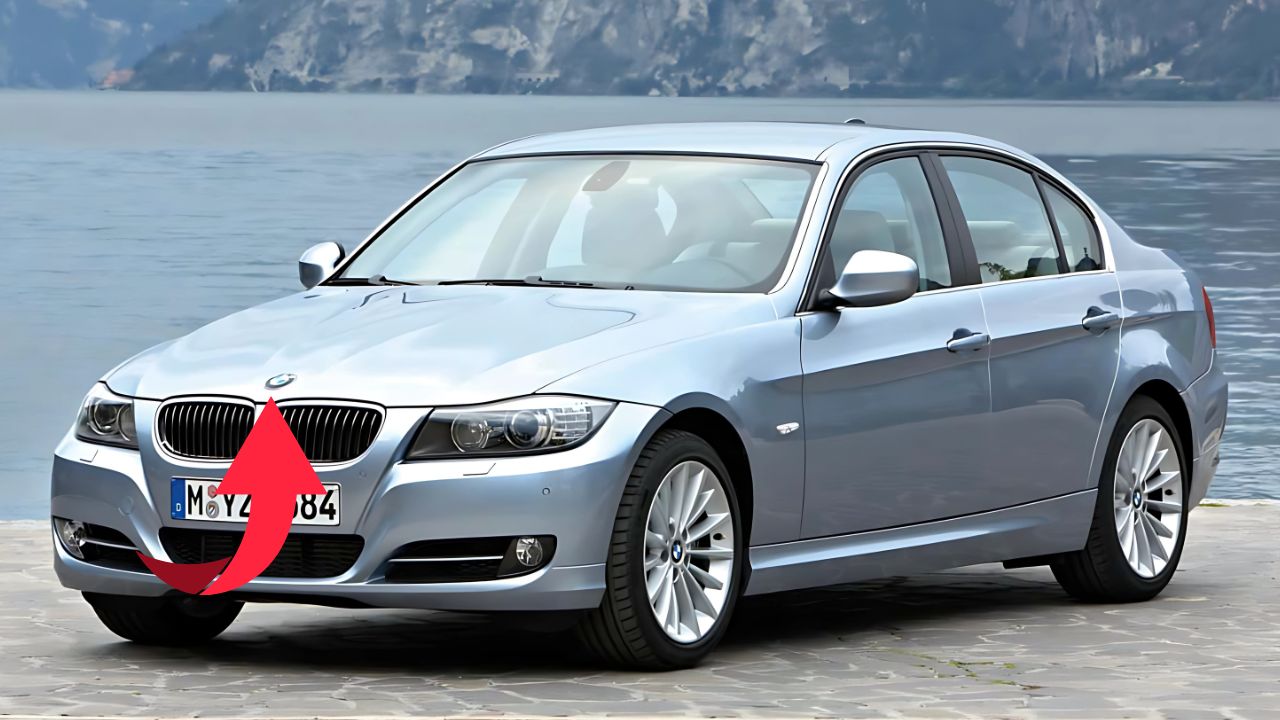The automotive industry in Australia has been rocked by yet another chapter in the ongoing Takata airbag saga, with BMW Australia issuing an urgent recall for nearly 3,000 BMW 3 Series vehicles from the 2010-2012 model years. This recall, announced in early June 2025, targets a dangerous defect in Takata PSDI-5 airbag inflators, which could propel metal fragments into vehicle occupants during deployment, posing a severe risk of injury or death. This report delves into the details of the recall, its implications for Australian BMW owners, the history of the Takata airbag crisis, and the steps being taken to address this critical safety issue.
Details of the Recall
BMW Australia has recalled 2,947 BMW 3 Series vehicles, specifically models produced between March 18, 2010, and May 24, 2012. These vehicles, part of the E9x lineup, may be equipped with defective Takata PSDI-5 driver-side airbag inflators, which were installed as part of an optional sports steering wheel upgrade. The recall notice, lodged with the Australian Competition and Consumer Commission (ACCC), highlights the potential for these inflators to rupture upon deployment, releasing sharp metal fragments that could cause serious injury or death to occupants. The affected vehicles were not originally fitted with these faulty airbags at the factory but may have had them installed during aftermarket modifications or as part of a special edition package. Owners are urged to immediately check their vehicle’s status and refrain from driving until the airbag is replaced.

BMW Australia has emphasized the urgency of this recall, advising owners to contact an authorized BMW dealer to schedule a free airbag replacement. The company is offering complimentary towing to ensure affected vehicles are safely transported to dealerships for repairs. Owners can verify if their vehicle is impacted by checking the Vehicle Identification Number (VIN) on the ACCC’s recall website or by contacting BMW Australia’s Takata Recall Hotline at 1800 243 675, available weekdays from 8:30 AM to 8:30 PM AEST. The recall notice also recommends checking the manufacturing date on the driver’s side B-pillar to confirm eligibility.
The Takata Airbag Crisis: A Global Perspective
The Takata airbag crisis is one of the largest and most complex automotive recalls in history, affecting over 100 million vehicles worldwide across multiple brands, including BMW, Honda, Toyota, Ford, and Nissan. The issue stems from Takata’s use of ammonium nitrate as a propellant in its airbag inflators, a cost-effective but unstable chemical that degrades when exposed to prolonged heat and humidity. Without a proper drying agent, the propellant can combust too aggressively, causing the inflator’s metal canister to rupture and scatter shrapnel into the vehicle cabin. Since the early 2000s, this defect has been linked to at least 35 deaths globally, including one in Australia, and over 400 injuries, primarily in the United States.
In Australia, the Takata recall campaign, mandated by the ACCC in 2018, has affected over 3 million vehicles across 19 automakers. While significant progress has been made, with approximately 50 million of the 67 million recalled airbags repaired worldwide, millions remain unreplaced, particularly in older vehicles that have changed ownership multiple times. The 2010-2012 BMW 3 Series recall is particularly concerning because the affected airbags were not factory-installed but added later, often unbeknownst to owners, complicating efforts to track and repair these vehicles.
Impact on Australian BMW Owners
For Australian owners of the 2010-2012 BMW 3 Series, this recall is a stark reminder of the ongoing risks posed by Takata airbags. The affected models, including sedans, coupes, and convertibles, are popular among enthusiasts for their sporty design and performance, particularly those equipped with the optional sports steering wheel package. However, the presence of faulty airbags transforms these vehicles into potential hazards. The ACCC has issued a “do not drive” warning for affected vehicles, emphasizing the lethal risk of airbag deployment in a crash. Owners are advised to act swiftly to avoid catastrophic consequences, as the defect has already caused one death and three serious injuries in Australia since 2018, though none are directly linked to this specific BMW recall.
The recall process is designed to minimize inconvenience, with BMW offering free inspections, replacements, and towing services. However, challenges remain, including reaching owners of older vehicles who may be unaware of the recall or have moved since purchasing their car. BMW Australia is proactively contacting affected customers via email, mail, and its online recall tool, but the onus is on owners to verify their vehicle’s status using the VIN or by contacting a dealership.
BMW’s Response and Industry Implications
BMW Australia has taken a proactive stance, aligning with global efforts to address the Takata crisis. The company’s recall strategy includes dispatching technicians to owners’ locations for on-site repairs in some cases, a measure aimed at ensuring compliance. This recall follows previous BMW campaigns, including a 2024 recall of over 60,000 vehicles from 2004-2017 and a global recall of 1.4 million vehicles in China, underscoring the widespread nature of the issue. BMW’s commitment to free repairs and extensive outreach reflects the industry’s recognition of the Takata crisis’s severity, with automakers collectively spending billions to rectify the defect.
The broader automotive industry continues to grapple with the fallout from Takata’s bankruptcy in 2017, after the company pleaded guilty to criminal charges and paid $1 billion in penalties. The crisis has prompted stricter regulations and oversight, with the ACCC and the National Highway Traffic Safety Administration (NHTSA) closely monitoring recall progress. For BMW, this recall reinforces the need for rigorous aftermarket part oversight, as the faulty airbags were often installed outside factory settings, highlighting vulnerabilities in the supply chain.
Safety Measures and Consumer Advice
Australian BMW 3 Series owners should take immediate action to ensure their safety. First, they should check their vehicle’s VIN on the ACCC’s recall website or BMW’s dedicated recall portal (bmwrecallsteeringwheel.expertinquiry.com). If the vehicle is affected, owners should cease driving and contact BMW Australia to arrange a free inspection and replacement. The repair process is straightforward, involving the replacement of the airbag module and center horn pad, but delays could occur due to parts availability or high demand at dealerships.
Consumers are also encouraged to stay informed about the Takata recall, as new campaigns may emerge as additional faulty inflators are identified. The FCAI’s “Is My Airbag Safe?” tool provides a centralized resource for checking recall status across multiple brands. For those considering purchasing a used BMW 3 Series, verifying the vehicle’s recall history is critical to avoid inheriting a dangerous defect.
In Summary
The 2025 BMW 3 Series recall in Australia is a critical development in the ongoing Takata airbag crisis, underscoring the persistent dangers of faulty inflators in older vehicles. With nearly 3,000 vehicles at risk, BMW Australia’s swift response and comprehensive repair program aim to mitigate the threat. However, the success of this recall depends on owner awareness and compliance, as well as continued industry vigilance. As the automotive sector navigates this unprecedented safety challenge, Australian consumers must prioritize checking their vehicles and acting promptly to ensure their safety on the road.

